Transport Minister Andreas Scheuer (CSU) spoke on Thursday of a “good step” following a summit meeting with top Deutsche Bahn executives, in which the main German railway company presented a five-point plan for 2019.
It includes hiring around 22,000 new employees in Germany in 2019 – mainly locomotive drivers, dispatchers and maintenance staff.
Deutsche Bahn will also increase its punctuality this year, Scheuer announced. Due to traffic jams on the rail network, construction sites and vehicle defects, one in four long-distance trains operated by Deutsche Bahn was late in 2018.
The federally owned company announced that punctuality in long-distance traffic is to increase to 76.5 percent this year.
While many critics had pushed the company to bring its rate of being on time to 95 percent, Scheuer explained that a quick increase would not be possible due to capacity bottlenecks.
SEE ALSO: 140,000 Deutsche Bahn trains never reached their destination last year
“Those who now expect new measures which simply fall from the sky do not understand the railway system”, said Scheuer.
In addition, five percent more ICE trains – at least 225 a day – will be ready for service in 2019. This year, together with the federal government, €10.7 billion are to be invested in the network, €1.3 billion more than in the previous year.
Railway customers will also be better informed at the stations – for example, about track changes, an annoyance for many railway customers on a daily basis. Around 80 stations are to be equipped with new displays, monitors and boards in the coming months.
Deutsche Bahn also wants to reduce bottlenecks on particularly busy routes, however. If trains are delayed there, this triggers a domino effect in the entire network. Better control should result in fewer delays, said Scheuer.
'We are reaching our limits'
At a meeting earlier this week on Tuesday with the railway leadership and transport politicians of the coalition, Scheuer set the goal that there should be noticeable improvements in train punctuality and service for railway customers in the first half of the year.
The board had already presented an “Agenda for a Better Railway” with dozens of individual measures. These include better construction site management. Railway malfunctions are to be rectified more quickly and maintenance intervals shortened.
Deutsche Bahn CEO Richard Lutz pointed out that the utilization of the rail network had increased considerably since the 1994 rail reform. At the same time, more and more customers are using the railway.
“We are reaching our limits, and growth leads to bottlenecks,” Lutz said. “We need more capacities in order to cope with the traffic of today and tomorrow”.
Lutz and Scheuer announced a new meeting on January 30th. In addition to improvements in the complex group structures, the main focus will then be on financing the railways.
“We have the political will to invest massively in infrastructure,” said Scheuer. The railways are heavily indebted and need additional billions, for example to modernize their fleet and network.
According to earlier statements, Deutsche Bahn intends to invest an additional €5 billion from its own resources in trains and the rail network over the next five years. A full €4 billion of this has not yet been financed, according to earlier statements made by the control committee.

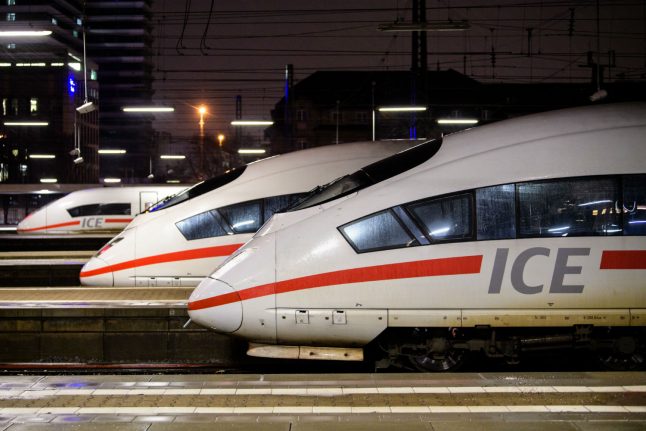
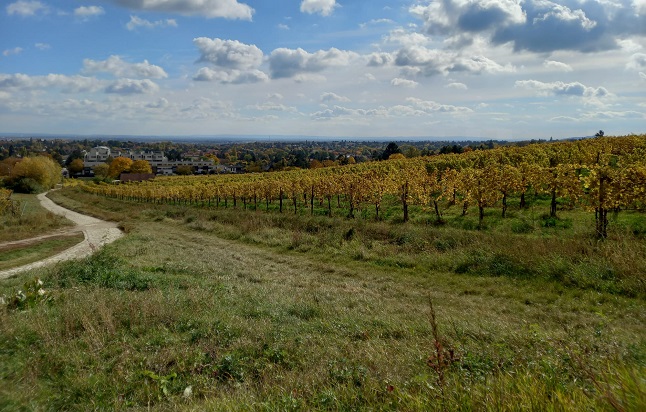
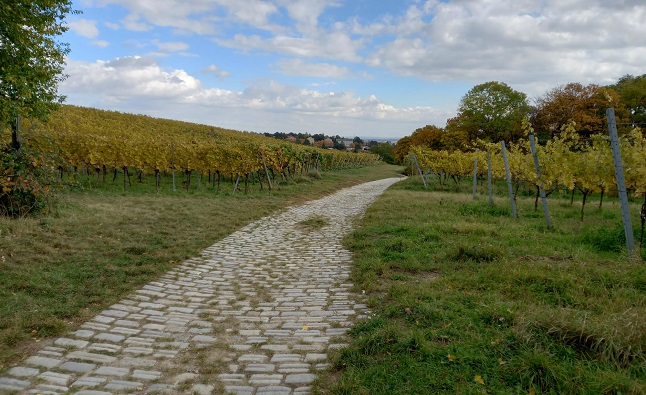
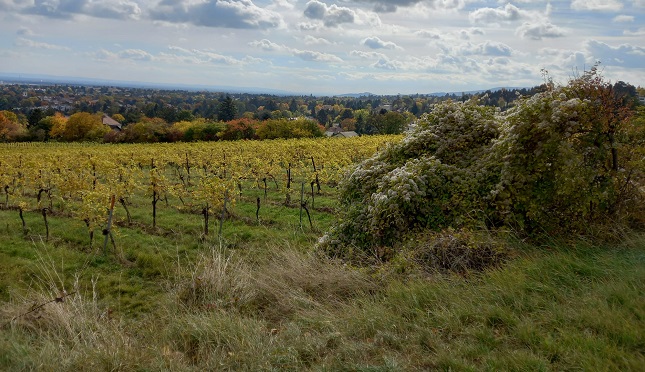
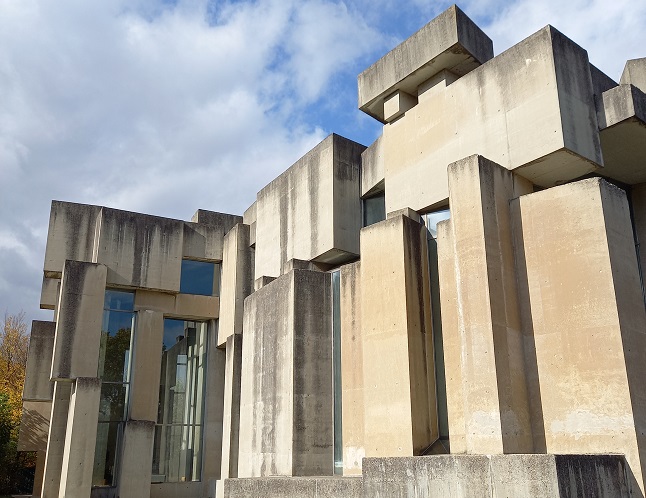
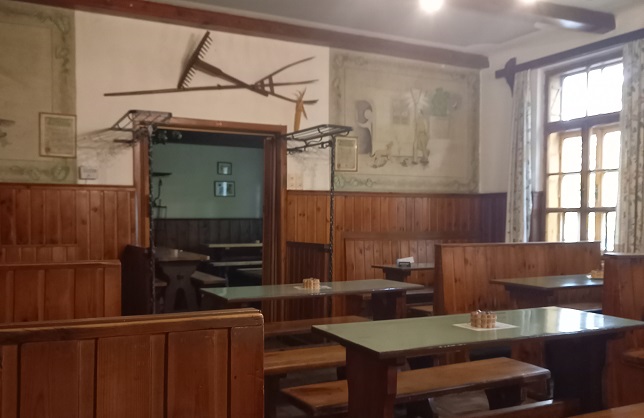
 Please whitelist us to continue reading.
Please whitelist us to continue reading.
Member comments